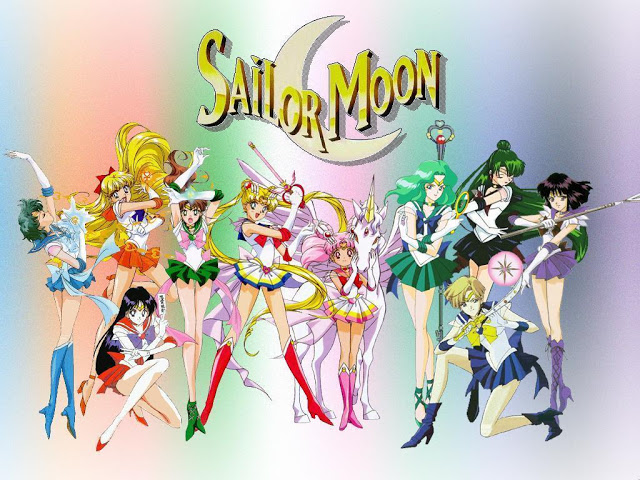
This has been a post I’ve been meaning to write for a long time. I’m an absolutely die-hard fan of ‘Sailor Moon,’ and part of that is because it served as my childhood introduction to feminism. That might be a little bit hard to believe, considering the superheroines of the show are known for outfits not much more revealing than Wonder Woman’s. Silly outfits aside (you get used to them), this show was absolutely groundbreaking. Its protagonists are 10 realistically flawed, individual and talented teenage girls (and women) who, oh, you know. Save the world.

By Myrna Waldron I know I tend to gush about this series a lot, but today I’m going to talk about its dark side. I rewatch the episodes on a regular basis, but now approach them from an entirely new viewpoint. When I was a teen, I didn’t really understand feminism that much (beyond disliking Barbies … Continue reading “Sexual Assault Subtext in Sailor Moon”

Sailor Moon characters Guest post written by Myrna Waldron. Cross-posted from Soapboxing Geek with permission. This has been a post I’ve been meaning to write for a long time. I’m an absolutely die-hard fan of Sailor Moon, and part of that is because it served as my childhood introduction to feminism. That might be a … Continue reading “Guest Writer Wednesday: The Feminism of Sailor Moon”

Despite industry claims that no one will pay and audiences aren’t interested in seeing a superheroine-led film, the dazzling success of series like ‘The Hunger Games’ and ‘Divergent’ prove that the world is ready for women to take charge and lead. While we’re seeing movement in response to growing demand for female superhero representation, there is still a long way to go before we reach parity.

In other words, there was a concerted effort to twist the female gaze into a male one under the belief that CLAMP’s blend of hyper-femininity and action would be unappealing for the male audience it was being aimed at.
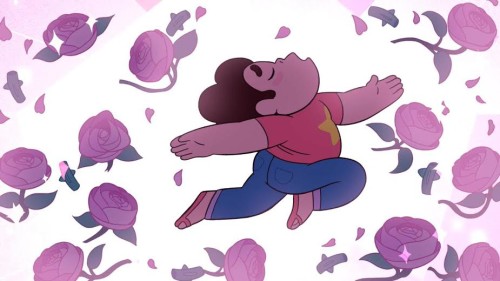
Steven, the title character, isn’t the troublemaking, reckless, pain-in-the-butt Boy-with-a-capital-B I feared I’d have to watch around to get to the powerful women and loving queer folk I really wanted to see. He’s unreserved, adventurous, and confident – all good traits that are fairly typical for boy leads in kids’ shows – but he is also affectionate, selfless, very prone to crying, and just plain effin’ adorable.
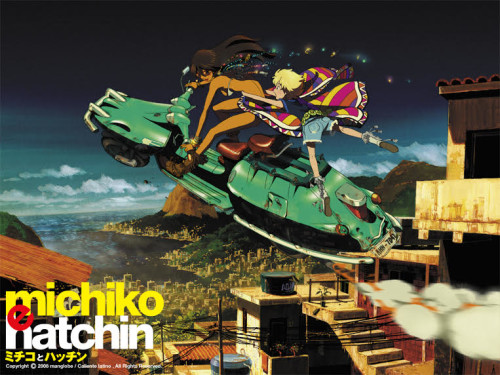
Throughout the course of the 22-episode series, Michiko abandons Hatchin to get laid, lets Hatchin work a part-time job rather than pay for shoes she herself stole, leaves Hatchin with an abusive orphanage (more on that in a second), lets her run away half a dozen times, all while the two bicker constantly about often incredibly petty matters. All of this rolls up to establish that Michiko is, well, basically just a terrible, terrible mom.
And that’s pretty amazing.
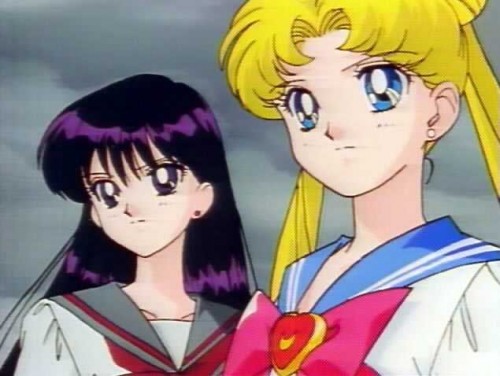
Growing up isn’t cute. At six or 16 or anywhere in between, figuring out who you are and what your place in the world is isn’t sparkly fun-times. The best you can hope for is to have a real friend to muddle through the worst of it with you, someone who is having just as much of a crazy time as you are, who will run to your defense, give you pep talks when you’re about to face the Dark Kingdom, and shamelessly make fun of you for being such a crybaby after you call her a meanie.
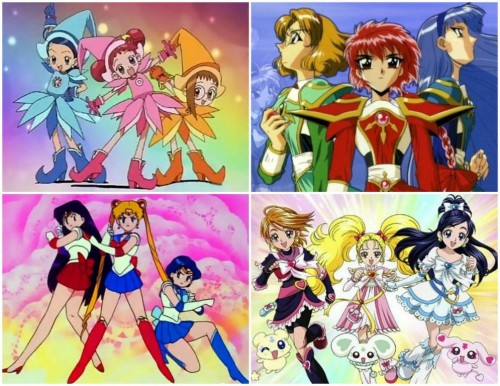
Check out all of the posts for our Children’s Television Theme Week here.

Power Trios in children’s TV, like duos, are still composed of oversimplified types and characters, yet they also suggest that femininity is not so black and white. Three character ensembles introduce characters types than are on a greyer scale than the polar-extremes of the Light/Dark Feminine trope. In the case of female Power Trios, the formula consists of three characters that respectively represent beauty, brains, and strength. Characters representing beauty are usually ditzy and childish, but they are also sensitive and the mediators (so if they happen to be “dumb” they’re at least depicted with a good heart); characters representing brains are sometimes the group leaders, but also rational without being distant or cold; finally, characters representing strength are usually impulsive and hot-headed, but their rash tendencies are balanced out with a loyal nature.
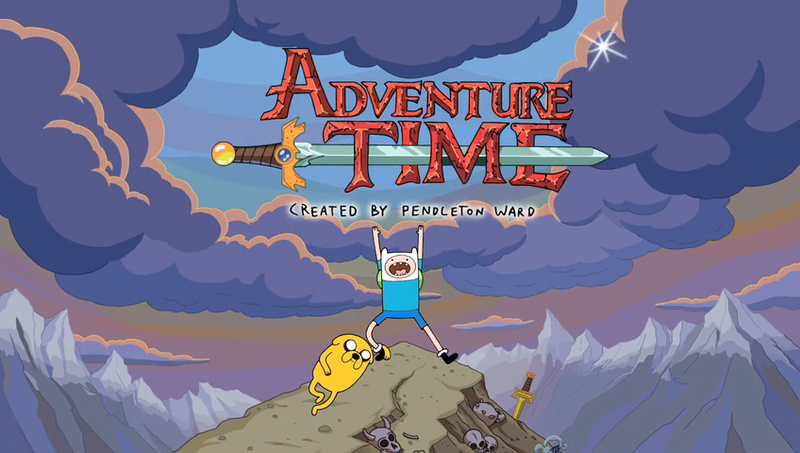
‘Adventure Time’ is a Cartoon Network animated series that combines surrealistic comedy, fantasy and science-fiction. Based on a 2008 short by Pendleton Ward that went viral, it parodies the tropes, archetypes and cliches of fairy tales, video games and childhood action figure battles. The basic premise is about Finn, the last remaining human, and his best friend/adoptive brother Jake (a shape-shifting dog), going on your typical slay-the-monster-save-the-princess adventures. Now in its fourth season, it’s an enormous hit with all genders and age groups and shows no signs of slowing down. And let me tell you, as a feminist, why I am absolutely celebrating this show.
# The 100 3rd Rock from the Sun 30 Rock 2 Broke Girls A Ackee & Saltfish Adventure Time Agent Carter Agents of S.H.I.E.L.D. Alias All-American Girl Ally McBeal Alphas American Crime American Horror Story American Horror Story: Asylum American Horror Story: Coven American Ninja Warrior The Americans Angel Anne of Green Gables Archer The … Continue reading “TV Directory”









